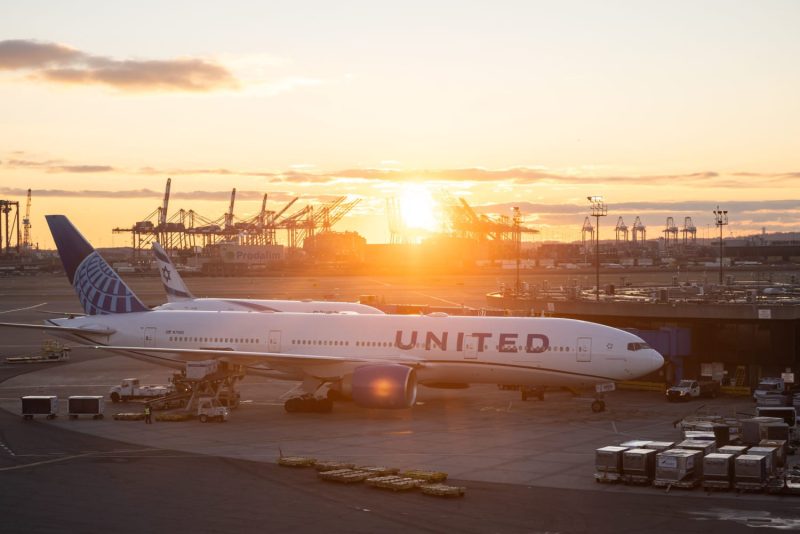The last two years have seen an employment surge of an unprecedented nature in the aviation industry in the United States, specifically in the airlines sector. Following a relatively quieter period during the Covid-19 pandemic when worldwide shutdowns and safety concerns significantly dwindled travel, the airlines were forced to furlough or lay off a significant portion of their workforce. Once the dust settled and people began to travel again, U.S. airlines had the hefty task of rebuilding their crew strength. For many months after the world started emerging from the throes of the Covid crisis, hiring had been a key focus area for these airlines. They went on a spree, adding as many as 194,000 employees to their payrolls, striving to rebuild their capacity. However, new trends indicate that these airlines have started to cool off their hiring efforts, and for various reasons.
An insightful look into the developments in the airlines sector post-Covid shows that this hiring spree was largely driven by pronounced market dynamics. As the vaccination drives rolled out across countries and restrictions eased, there was a sudden and tremendous spike in demand for travel, both domestic and international. Facing a serious staff crunch, airlines responded by swinging into mass hiring to service this demand. They scrambled to not only bring back their old employees who had been temporarily laid off, but also hire new ones. Consequently, U.S. airlines saw a remarkable surge in staff strength, marking a speedy recovery from their Covid-stricken state.
Yet, as things begin to stabilize, airlines have drastically reduced their hiring to match the current market needs. A forecasted slowdown in travel is the main reason for the cooling-off period. After the travel rush sparked by vaccinated individuals eager to hit the skies post-lockdown, a trend towards normalization is now expected. As summer vacation ends and more people return to school and work, a contraction in the demand for travel is anticipated.
Autumn and winter traditionally represent slower travel periods without the vacation rush, minus the holiday seasons around Thanksgiving and Christmas. Airlines, having staffed up to manage earlier peak demand, are now adjusting their employment inflow to be more aligned with the expected future demand. Adding more personnel without commensurate demand would not only increase operational costs but would also create personnel management challenges for airlines.
Another significant factor for the decreased hiring post-spree is the operational efficiency brought in by technology. The pandemic period saw the rise of digital interventions such as touchless check-ins, self-service kiosks, and machine learning algorithms for smarter supply-chain management. These advancements were instrumental in managing operations with lesser personnel and are expected to continue contributing to labor efficiency.
This cooling off does not imply a freezing of hiring. Airlines are still actively recruiting, but the drive is now for more specialized job roles such as pilots and maintainers. Recent high-profile incidents and delays due to maintenance issues have underscored the need for skilled personnel in these areas.
In analyzing the hiring trends in U.S airlines after the Covid-19 pandemic, it’s clear that the mass hiring spree was a knee-jerk reaction to the sudden surge in market demand as travel restrictions lifted. As the market stabilizes and moves toward a new normal, airlines are carefully tailoring their hiring policies to align with their future operational requirements, keeping personnel costs in check and optimizing efficiency. The focus has shifted to recruiting specialized roles while overall hiring dynamics have cooled off after the initial explosive growth.
